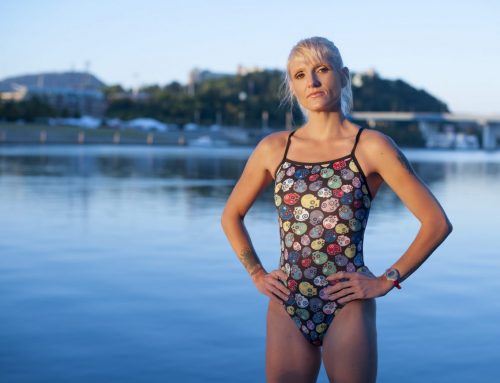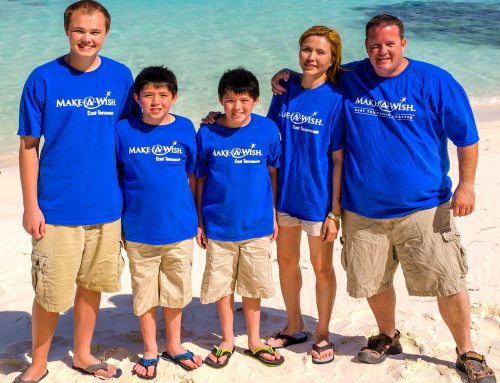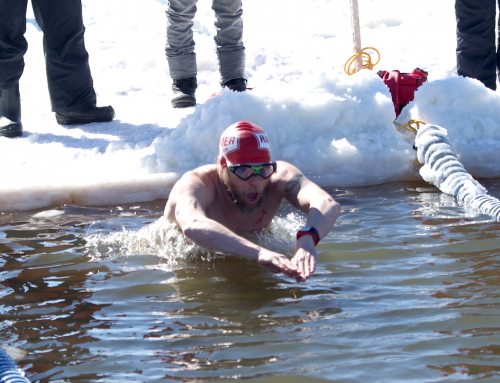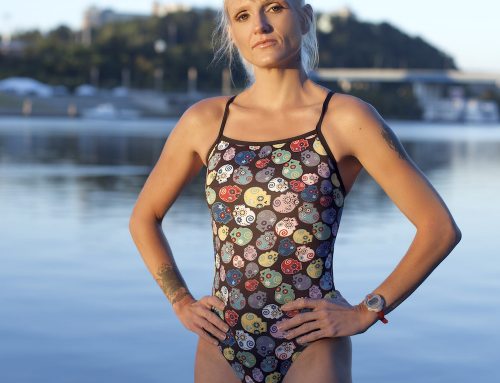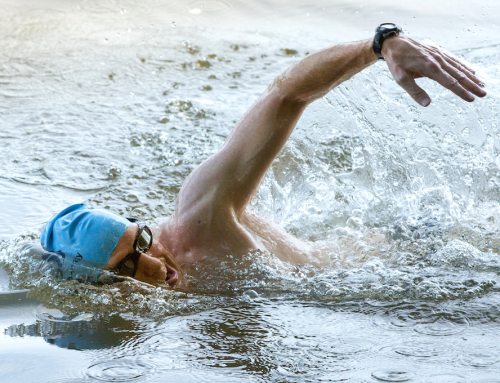By Marty Gaal, CSCS
If you haven’t yet tried your hand at swimming, you’ll soon find out that it’s technique intensive and your best bet is to join a coached group or find a good technique coach. For the uninitiated, the world of swimming can be intimidating. If you join a master’s group or are planning to download workouts from the internet you’re going to need to know the definitions of a few key terms and formats that are specific to swim workouts:
- Pull – Means swim with a pull buoy and hand paddles. Some coaches may want you to use just a buoy, or just paddles, so hopefully the workout will specify that.
- Build – Means start the swim easy and build your effort into fast by the end. For example: 10 x 100 build on :15 (or “15) means swim ten times 100 yards starting each 100 easy and finishing each 100 fast, on a total of 15 seconds rest in between each 100.
- Descend – This usually means you’ll do consecutive swims at a harder effort. For example: 9 x 100 descend 1-3, 4-6, 7-9 on :15 (or “15) means the first 100 is easy, rest 15 seconds, next 100 is moderate, rest 15 seconds, third 100 is fast…then rest 15 seconds and repeat that series two more times.
- Negative split – The second half of the swim is faster than the first. Example: 3 x 400 negative split on :30 (or “30) means swim 400 yards with the first 200 yards moderate effort and the next 200 yards at a harder effort, then rest thirty seconds before starting again.
Let’s look at a sample workout. The highlighted lines are what would be written.
WU: 500 easy mix
(Means warm up (WU) 500 yards with easy swimming of any stroke – usually freestyle.)
(Space in between anything means take a 1-2 minute break before starting the next line. If there is no space then you are supposed to go right into the next line!)
6 x 50 drills choice on :15
(Still part of warm up – you’ll now do six repetitions of 50 yards with a swim drill of your choice – that’s another article – on 15 seconds rest after each.)
(1-2 minute break)
MS: 6 x 200 negative split, pull 1, 3, 5 on :30
(Main set: Swim six times 200 yards with the second 100 of each repetition faster than the first 100, and you’ll use hand paddles and a pull buoy on numbers 1, 3, and 5, with 30 seconds rest after each).
(1-2 minute break)
CD: 200 easy
(Cool down with 200 yards easy swimming, your choice of stroke).
Total: 2,200 yards
(That’s how far you just swam!)
Here are a few tools you can start working with and a few answers to some other questions you may have about getting your feet wet for the first time!
- A pull buoy is an hourglass-shaped foam thingamajig (that’s the official word) that goes between your legs, snug to your crotch. It has two purposes. One is to keep your hips and legs floating so that you can focus on your upper body technique. The second is to keep your legs from kicking. You can keep kicking while using it but that often results in the buoy popping out.
- Fins are molded plastic or rubber tools that slip onto your feet in order to increase the surface area of your foot when you kick, resulting in more water resistance, greater propulsion, and increased strength. They come in all shapes and sizes, so let me write that my favorites are Speedo Optimus Training Fins. These are about mid-size and help improve your kick mechanics and hip/leg strength. Really long fins like dive fins are great for leg and hip strength work, but not particularly for swim training, while really short fins train you to kick a lot but don’t do much for kick strength.
- Paddles are hand-paddles designed to increase the surface area of your hand when you take a pull. They also come in all shapes and sizes. My favorites are called Strokemakers and they come in seven sizes – from child-small to superman-large. These are oval shaped and have holes in them to allow some water to pass through (like your fingers do). You should start with paddles just slightly bigger than your hand and be cautious when you begin using them as they can cause shoulder strain.
- Swim caps come in three types – nylon, latex, and silicone. Nylon caps simply keep your hair in place and are not really made for lap or competitive swimming. Latex caps are less expensive and more elastic but wear out quicker than silicone; silicone caps are more expensive and less elastic, and a bit thicker than latex caps.
I’d also like to mention one great tool for athletes new to the swimming world – it is a forearm paddle called the Techpaddle. This is a great tool for training what we swim coaches call the high elbow catch or early vertical forearm during the catch (pull) phase of the swim stroke. You can find it at http://www.techpaddle.com/.
# # #
Marty Gaal, CSCS, is a triathlon coach and US Master’s swim coach who lives in Cary with his wife Bri. Their company, One Step Beyond (OSB), trains athletes around the US and sponsors local races and events – like the new Triangle Open Water Swim Series, 3 one-mile lake swims here in the Triangle. http://www.triangleopenwater.com/. OSB is also currently producing the Powerstroke: Speed through force and form swim instruction DVD, which should be done mid-summer and is available at http://www.powerstroke-dvd.com/. For coaching info with Marty or Bri please visit http://www.osbmultisport.com/.


